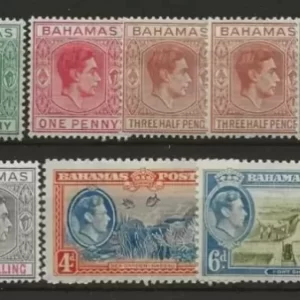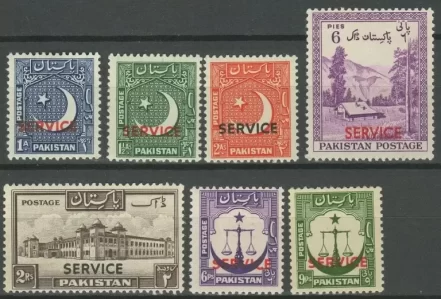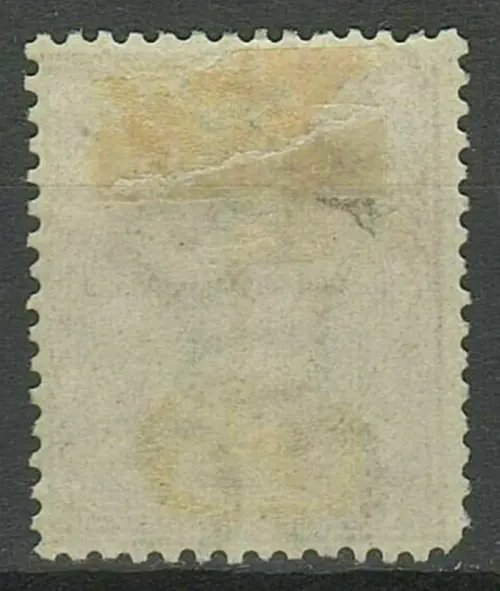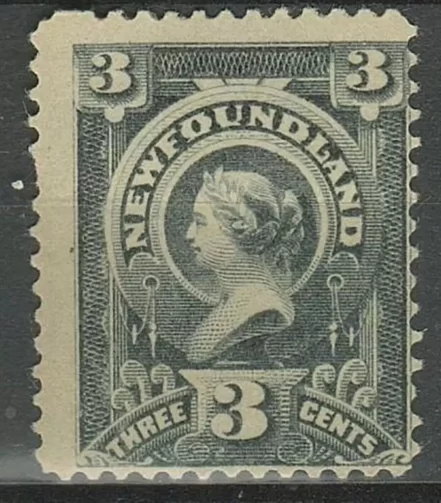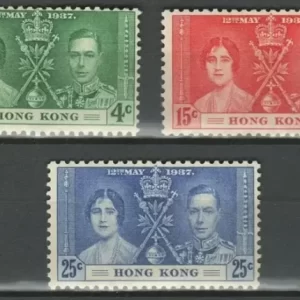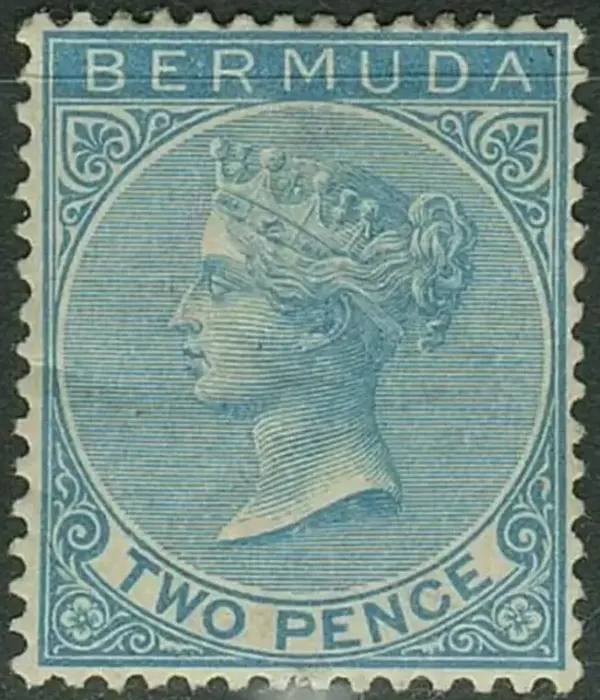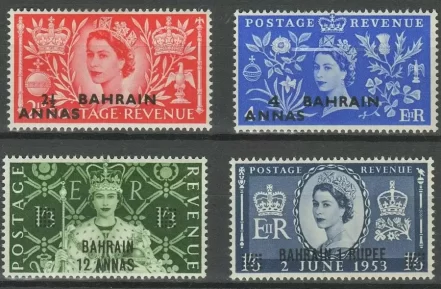The stamps of St. Vincent from the reign of Queen Victoria (1862-1889) are significant in the world of philately, reflecting the early postal history of the Caribbean island. Here’s an overview of these issues:
St. Vincent Queen Victoria Stamps (1862-1889)
First Issues (1861-1862)
- Date of Issue: 1861-1862
- Design: The first stamps issued by St. Vincent feature a profile of Queen Victoria.
- Denominations and Colors:
- 1 Penny: Rose
- 6 Pence: Green
- 1 Shilling: Brown
- Description: These stamps are characterized by their simple yet elegant designs, with the profile of Queen Victoria facing left, surrounded by an oval frame.
Perkins Bacon Issues (1866-1877)
- Design: These issues continued to feature Queen Victoria’s profile but with improved printing techniques and designs by Perkins, Bacon & Co.
- Denominations and Colors:
- ½ Penny: Yellow-green (issued in 1871)
- 1 Penny: Rose-red (various shades over time)
- 6 Pence: Blue (issued in 1866)
- 1 Shilling: Green (issued in 1866)
- Description: These stamps were more detailed and used different color variations over the years. They often included intricate frames and watermarks.
De La Rue Issues (1880-1889)
- Design: In the 1880s, the printing of St. Vincent stamps was taken over by De La Rue & Co., leading to new designs and colors.
- Denominations and Colors:
- ½ Penny: Green (1880)
- 1 Penny: Red (1880)
- 4 Pence: Blue (1880)
- 6 Pence: Lilac (1880)
- 1 Shilling: Brown (1880)
- Description: These stamps typically featured Queen Victoria’s profile in a more standardized and consistent design, common with other British colonial issues. They often had a simplified but elegant appearance with clearer printing.
Key Features and Variations
- Watermarks: Many stamps from this period included watermarks for security and identification, such as the Crown CC (Crown Colonies) and later the Crown CA (Crown Agents) watermarks.
- Perforations: The perforation methods varied over the years, affecting the appearance and collectibility of the stamps. Collectors often pay attention to perforation differences.
- Color Shades: Variations in color shades occurred due to different print runs and ink batches, adding to the diversity and interest for collectors.
Collecting Information
- Philatelic Interest: Stamps from St. Vincent during Queen Victoria’s reign are highly sought after due to their historical value and the intricate designs that reflect the early days of Caribbean postal services.
- Rarity: Some issues, especially those with specific watermarks or color variations, are rare and highly prized.
- Catalog Listings: These stamps are comprehensively listed in major philatelic catalogs like Scott, Michel, Stanley Gibbons, and Yvert & Tellier, which provide detailed descriptions, variations, and valuations.
Historical Context
- Colonial Era: St. Vincent was a British colony during this period, and the stamps reflected its status and connection to the British Empire.
- Economic Development: The introduction of stamps and organized postal services facilitated communication and trade, playing a role in the island’s economic development.
Legacy
The stamps of St. Vincent from 1862 to 1889 are not just postal artifacts but also pieces of history that illustrate the colonial and economic narrative of the island. They remain highly collectible due to their beauty, historical significance, and the stories they represent from the era of Queen Victoria. Collectors appreciate these stamps for their aesthetic appeal, rarity, and the glimpse they offer into 19th-century colonial life in the Caribbean.



